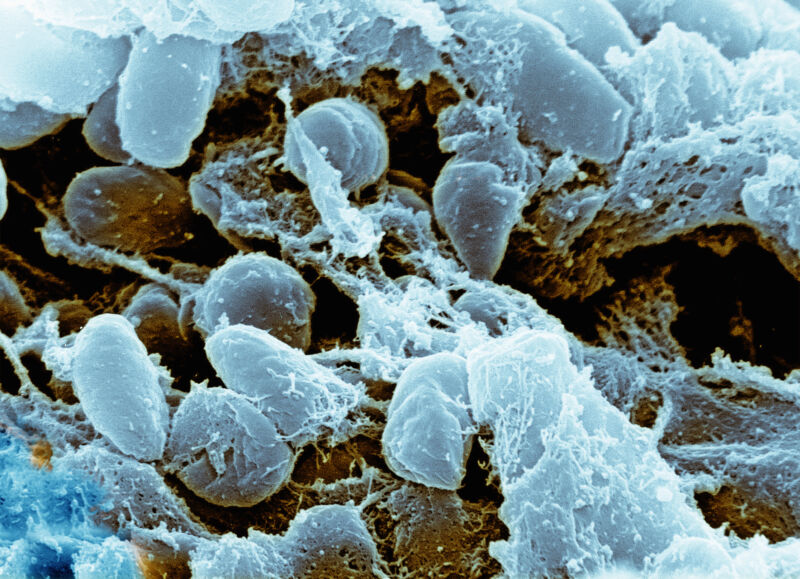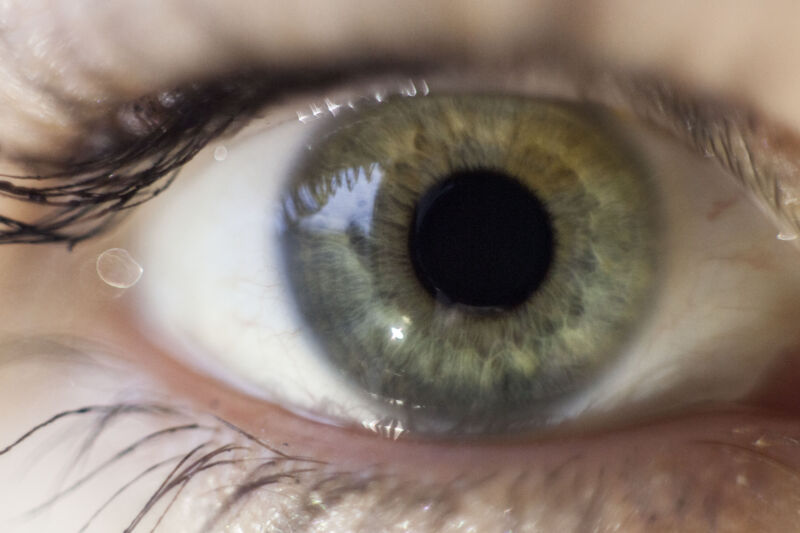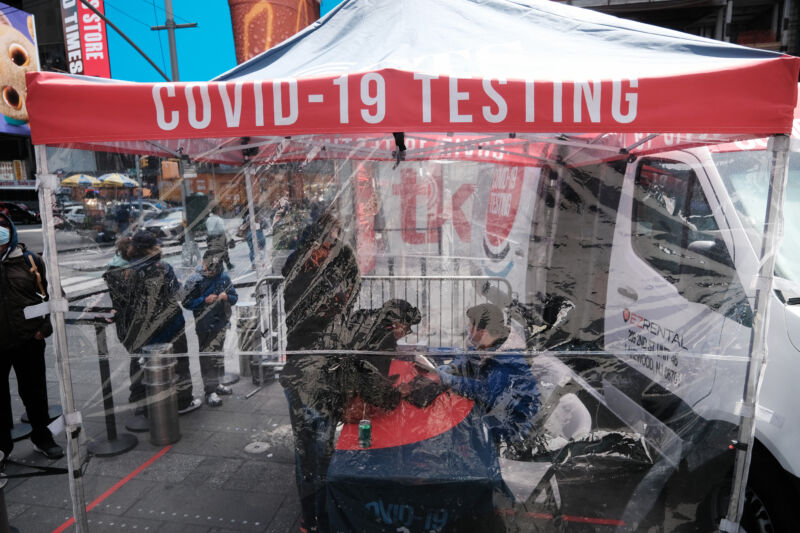-
 chevron_right
chevron_right
Kamikaze bacteria explode into bursts of lethal toxins
news.movim.eu / ArsTechnica · Monday, 8 April - 18:00

Enlarge / The plague bacteria, Yersina pestis , is a close relative of the toxin-producing species studied here. (credit: Callista Images )
Life-forms with no brain are capable of some astounding things. It might sound like sci-fi nightmare fuel, but some bacteria can wage kamikaze chemical warfare.
Pathogenic bacteria make us sick by secreting toxins. While the release of smaller toxin molecules is well understood, methods of releasing larger toxin molecules have mostly eluded us until now. Researcher Stefan Raunser, director of the Max Planck Institute of Molecular Physiology, and his team finally found out how the insect pathogen Yersinia entomophaga (which attacks beetles) releases its large-molecule toxin.
They found that designated “soldier cells” sacrifice themselves and explode to deploy the poison inside their victim. “YenTc appears to be the first example of an anti-eukaryotic toxin using this newly established type of secretion system,” the researchers said in a study recently published in Nature.




